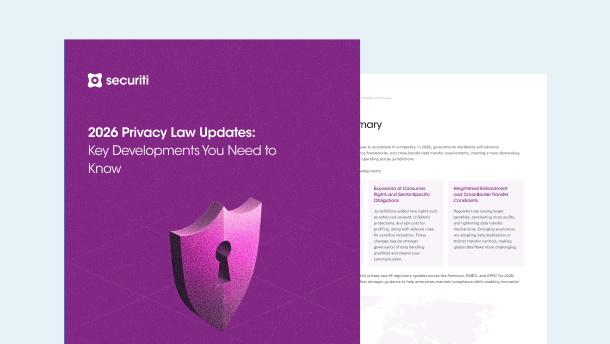The Advanced Encryption Standard (AES) refers to a widely adopted and highly secure symmetric encryption algorithm used to protect sensitive data. It was established as a federal standard by the U.S. National Institute of Standards and Technology (NIST) in 2001 and has since become the de facto encryption standard worldwide.
How Does AES Encryption Work?
Advanced Encryption Standard (AES) is a highly popular and most-used symmetric encryption algorithm. It is designed to help users protect data by changing its original form into an illegible format. The encrypted data can only be made legible when the data is decrypted. The decryption can only occur with a correct key.
The advanced encryption standard works on fixed-sized data blocks and various key sizes, such as 128 bits, 192 bits, and 256 bits. Let’s take a look at the process of how AES encryption typically works.
- Key expansion is the first and most important step of AES encryption. Key expansion applies a series of processes that create a new set of round keys from the original key. The new set of round keys is then used for the encryption process.
- In the next process, the XOR operation is leveraged to help combine every byte of the plaintext with the corresponding bytes of round keys. A series of rounds, such as 10, 12, or 14, is done by the AES. However, every round, which depends on the key size, typically involves various sub-processes, such as:
- First of all, every byte of the block of data is replaced with a corresponding byte, which is taken from a fixed substitution table. This is called an S-box.
- The next step is the shift rows, where every byte of each row of a data block moves to the left.
- Next comes the columns mixing phase, where data blocks’ columns are shuffled to create diffusion.
- Again, the XOR process combines the round key with a data block.
- Finally, the previous rounds are again reiterated but without the process of column mixing.
- Once the above processes are finalized, the ciphering process starts, which results in a ciphertext. The ciphertext is the encrypted version of the original plaintext of the data.
- When encrypted from one end, data must be decoded from the other end to be used. Here, decryption comes into the picture. The decryption mechanism follows the same process as we discussed above but in a reverse manner. The encrypted data is combined with data blocks via the XOR process but in the reverse manner. Next, the inverse of the above processes is applied to decrypt the data.
Applications and Use Cases of AES Encryption
The advanced encryption standard is used in a wide variety of applications as well as industries.
First, AES encryption is widely used for data protection, such as sensitive files, databases, accounts, etc. Encryption plays an important role in not only protecting data but also ensuring that even if a data breach occurs, the breached data remains unusable or illegible. Data encryption is also recommended in many data protection regulations and industry standards to protect the data against unauthorized access or data exposure. Many consumer-level applications, such as virtual private networks, help internet users protect their data in transmission.
Similarly, AES encryption is a widely used data protection mechanism for providing a secure communication channel. For instance, many email providers now use end-to-end AES encryption to protect the confidentiality of emails and prevent unauthorized access. Moreover, the https headers we use when accessing websites also act as an encryption protocol to ensure safe internet surfing.
Advanced encryption standard is further used in mobile technologies to protect consumers’ data stored in their mobiles. The encryption function isn’t activated by default. Users have to activate the encryption feature to encrypt their data, which protects their valuable data from unauthorized access in case of theft.
AES Encryption Modes and Key Lengths
There are different types of encryption modes and key lengths, such as:
- The Electronic Codebook (ECB) is an encryption mode where every data block is encrypted separately.
- The Counter or CTR encryption mode is applied to the counter value. Next, the consequent ciphered data is XORed to create a new ciphertext.
- The Cipher Book Chaining or CBC is a mode that allows XORing the data block with a previous ciphertext before encryption.
Best Practices for Implementing AES Encryption
There are various ways through which users can enhance the protection provided by AES encryption. Let’s take a look at some of them:
- Key management is important for the protection and confidentiality of the encryption keys. Users can rotate the keys sporadically or keep the keys secure somewhere to make sure that the keys are not discovered easily.
- Key length also plays an important role in speed, security, and efficiency. Users can keep the keys’ length longer to ensure maximum security. However, longer keys tend to take more computation power, which means more computational overhead.
- Although encryption is an ideal data protection measure, it is best to consider applying more data protection mechanisms to safeguard sensitive data, such as access controls, multi-factor authentication, etc.





































